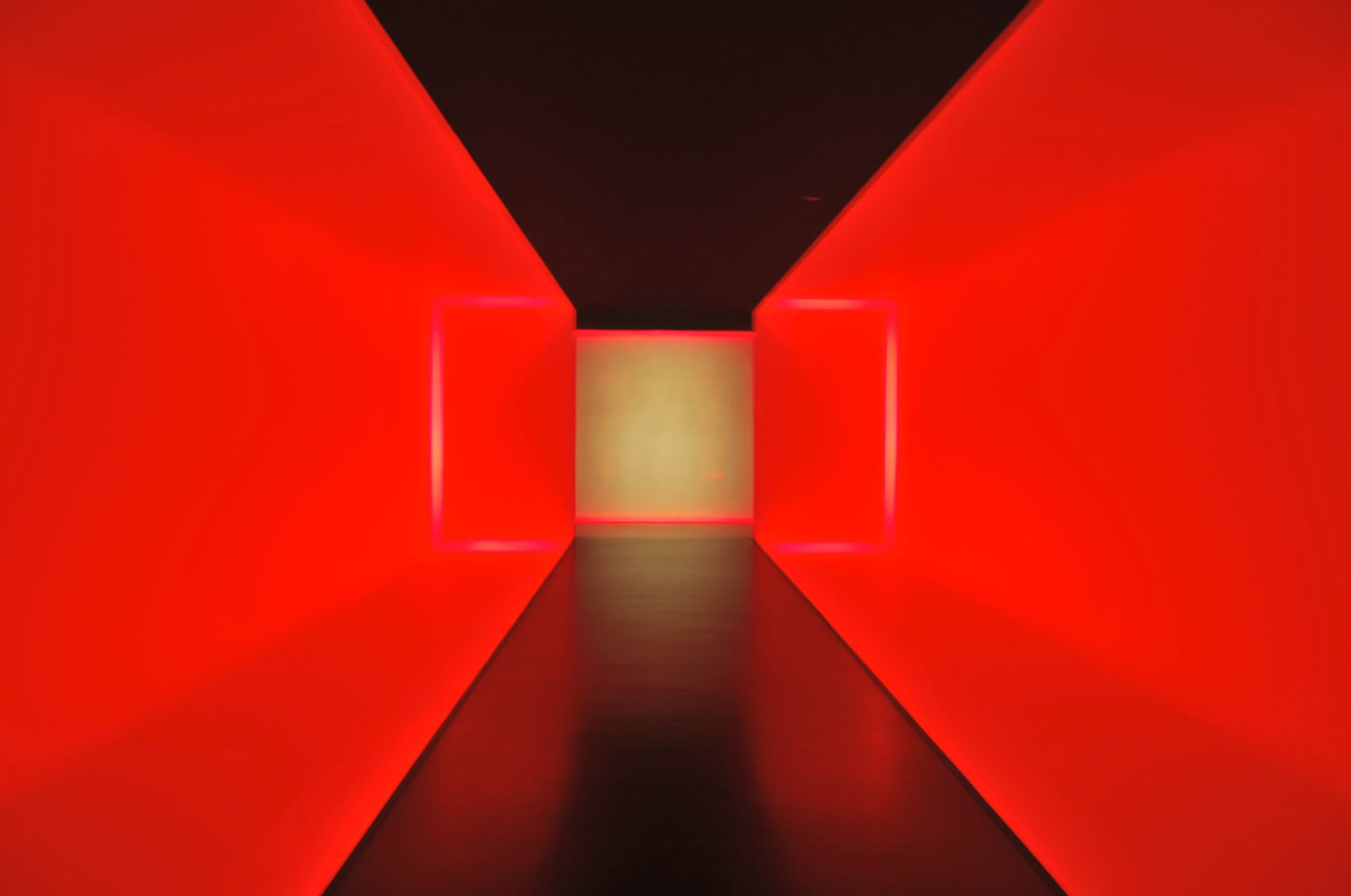Geshe Michael Roach gives a really inspiring and deep teaching at The Three jewels in New York City about 9 great ideas from different schools of ancient Indian Buddhism. Understanding these oftentimes subtle differences in the presentation of emptiness will deeply enhance your understanding and practice.
Video
Audio
Reading
Mixed Nuts Thoughts: Important Ideas from the Ancient Schools of Buddhism (2019, New York)
Interactive Outline / Time Codes
Click anywhere in the outline and the link will take you to the exact spot in the video.
2:38 – At the end of this class he’ll also talk about the history and future direction of ACI.
4:51 – Starting from the lowest school’s ideas then working up.
7:42 – The idea / quote from the Abhidharma school is:
Is there any pure thing in this world?
Can we make the world pure?
11:47 – In the entire universe there’s only 3 unchanging things which will not hurt you.
16:51 – (2nd School) Vinaya Sutra
The Book of Vowed Morality
Master Gunaprabha 1400 years ago
Not to stand
in a covered place: both appearances,
and reality
23:50 – (3rd School) Pramana Vartika
A Commentary on Valid Perception
Master Dharmakirti
1350 years ago
27:47 – In this text there’s a cool idea about the levels of objects:
The layers of perception:
how real is the
second husband in the kitchen?
36:59 – (4th School) Semtsam Kaney
Difficult Points in the Mind-Only
Je Tsongkapa
(1357-1419)
What happens to the mind in nirvana?
49:58 – (5) Abhisamaya Alankara
The Jewel of Realizations
Arya Asanga
1700 years ago
How long does the Wheel of Life last?
58:50 – (6) Yukti Shashtika
Sixty Verses on Reasoning
Arya Nagarjuna
1800 years ago
gewa diyi kyewo kun,
sunam yeshe tsok-dzok shing,
sunam yeshe lejung way,
dampa kunyi topar shok.
1:10:04 – (7) Tongnyi Tatri
A Book of Meditations on Emptiness
Choney Lama Drakpa Shedrup
(1675-1748)
1:14:01 – In Tatri there’s also this important subject:
The impossibility
of the borders
of all possible things
Four seals of approval:
changing pain,
selfless peace
1:40:38 – (9) Lojong Tsunjay Korlo
The Crown of Knives
Master Dharmarakshita
1,000 years ago
1:45:16 – The important and sweet idea they just reached in the translation is:
After looking into the past,
the extra step
of avoiding any trace
of blaming
2:12:48 – The history and new direction / teaching training program for ACI.



















